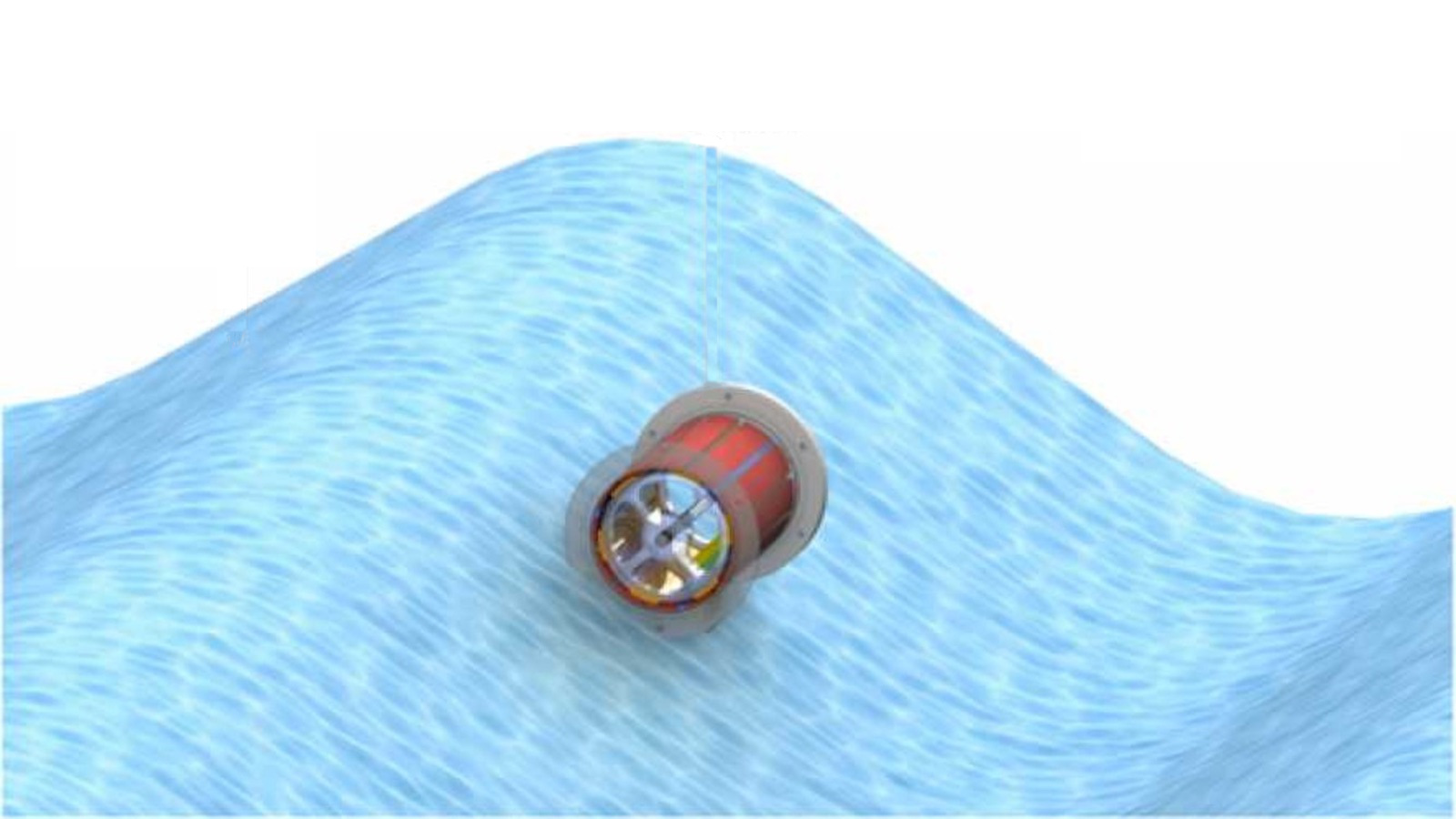Vad händer
Forskare på Pacific Northwest National Laboratory (PNNL) har utvecklat en flytande generator som producerar elektricitet från vågrörelser. Ett syfte är att driva havsplattformar som idag kostar mycket och där driften kräver komplex teknik.
Kontext
Forskargruppen har tagit fram en cylindrisk triboelektrisk nanogenerator. Triboelektrisk effekt är det du upplever när du gnuggar en ballong mot håret, en sorts statisk elektrictet. I detta sammanhang appliceras konceptet på vågrullningar och med två cylindrar som inte rör sig i takt.
…uppstår när material gnids mot varandra och elektroner hoppar mellan anliggningsytorna. Är dessa av olika material, kommer den ena ytan att få överskott av elektroner, medan den andra får underskott.
Wikipedia: Triboelektricitet
A cylindrical TENG is made up of two nested cylinders with the inner cylinder rotating freely. Between the two cylinders are strips of artificial fur, aluminum electrodes, and a material similar to Teflon called fluorinated ethylene propylene (FEP). As the TENG rolls along the surface of an ocean wave, the artificial fur and aluminum electrodes on one cylinder rub against the FEP material on the other cylinder, creating static electricity that can be converted into power.
The more a cylindrical TENG moves, the more energy it generates.In the FMC-TENG, the team positioned magnets to stop the inner cylinder in the device from rotating until it reached the crest of a wave, allowing it to build up more and more potential energy. Nearing the crest of the wave, the magnets release and the internal cylinder starts rolling down the wave very quickly. The faster movement produces electricity more efficiently, generating more energy from a slower wave.
Pacific Northwest National Laboratory: New Generator Rolls into Ocean Energy
Vad har det för betydelse
Att driften kan ske utan batterier innebär större flexibilitet och förutsägbarhet där tekniken används. Projektets tidiga prototyper kan driva enkla sensorer och sändare men målet är att generera tillräckligt med elektricitet för plattformar till havs med många sensorer och satellitkommunikationer.
“TENGs are low cost, lightweight, and can efficiently convert slow, uniform or random waves into power—making them particularly well-suited to powering devices in the open ocean where monitoring and access are challenging and costly,”
Pacific Northwest National Laboratory: New Generator Rolls into Ocean Energy
Tsunamis, hurricanes, and maritime weather are monitored using sensors and other devices on platforms in the ocean to help keep coastal communities safe—until the batteries on these platforms run out of juice. Without power, ocean sensors can’t collect critical wave and weather data, which results in safety concerns for coastal communities that rely on accurate maritime weather information. Replacing batteries at sea is also expensive. What if this could all be avoided by powering devices indefinitely from the energy in ocean waves?
Pacific Northwest National Laboratory: New Generator Rolls into Ocean Energy
Självförsörjning ökar friheten vare sig det gäller hushåll, stadsdelar eller havsplattformar. Vi kommer se fler teknologier som drivs och fungerar oberoende av våra energisystem och av oss. Utvecklingen är i sin linda och dessa projekt är de tidigaste försöken att bygga autonoma verktyg.





